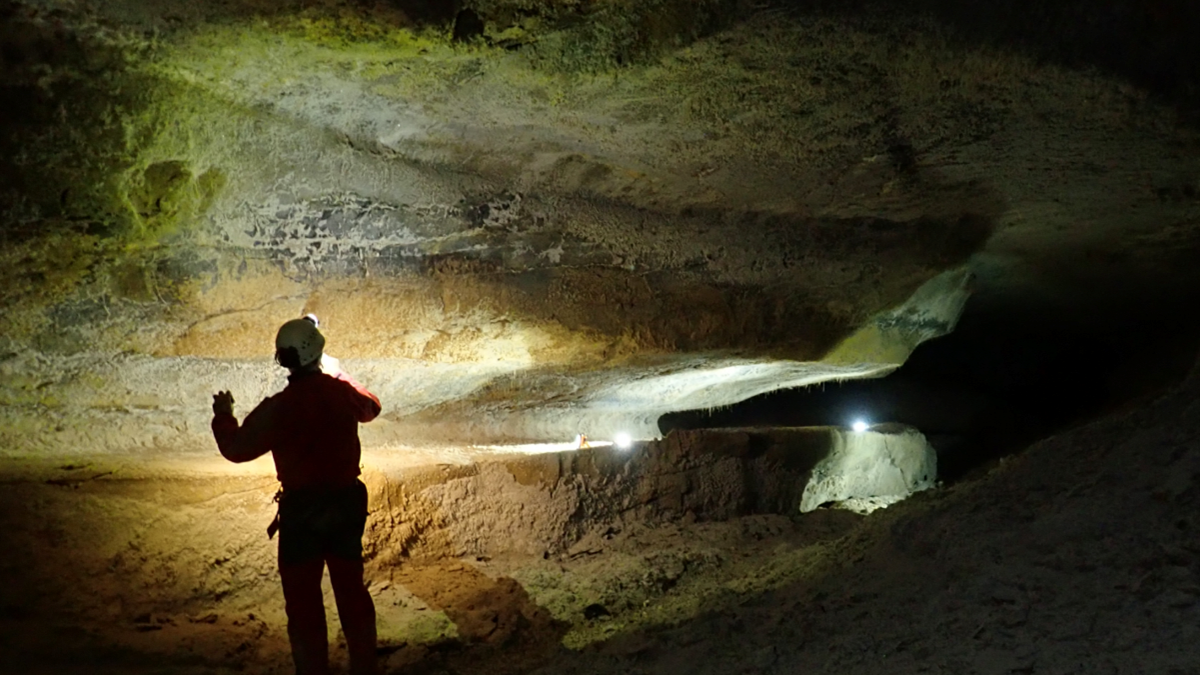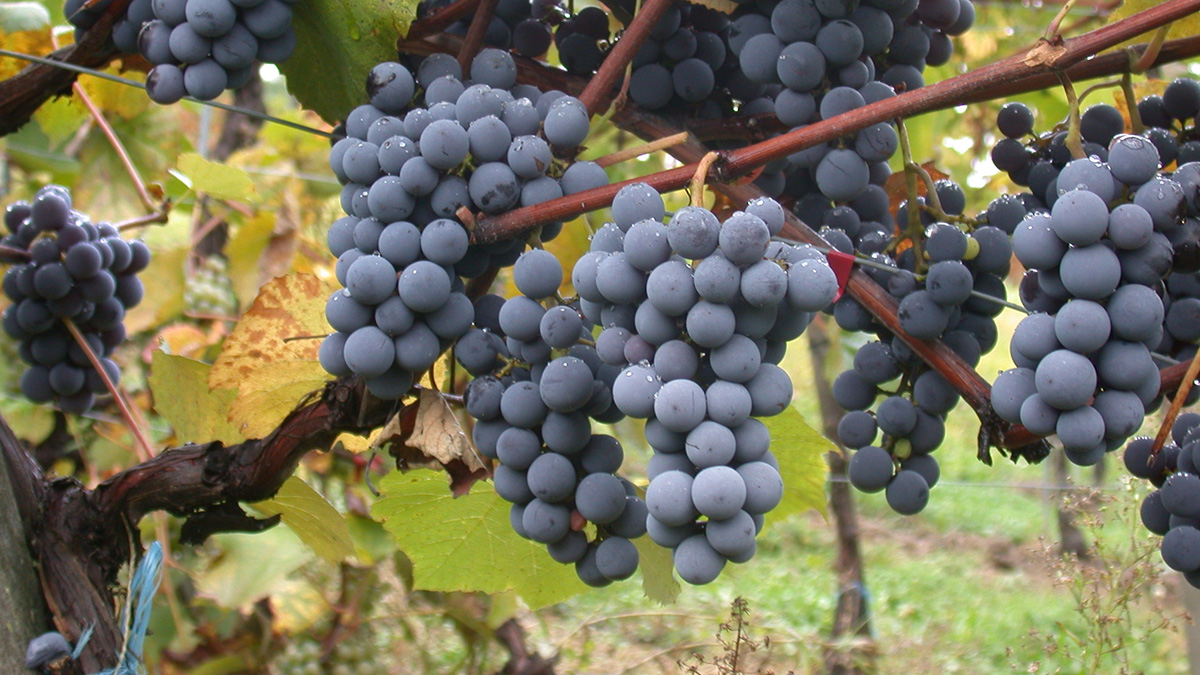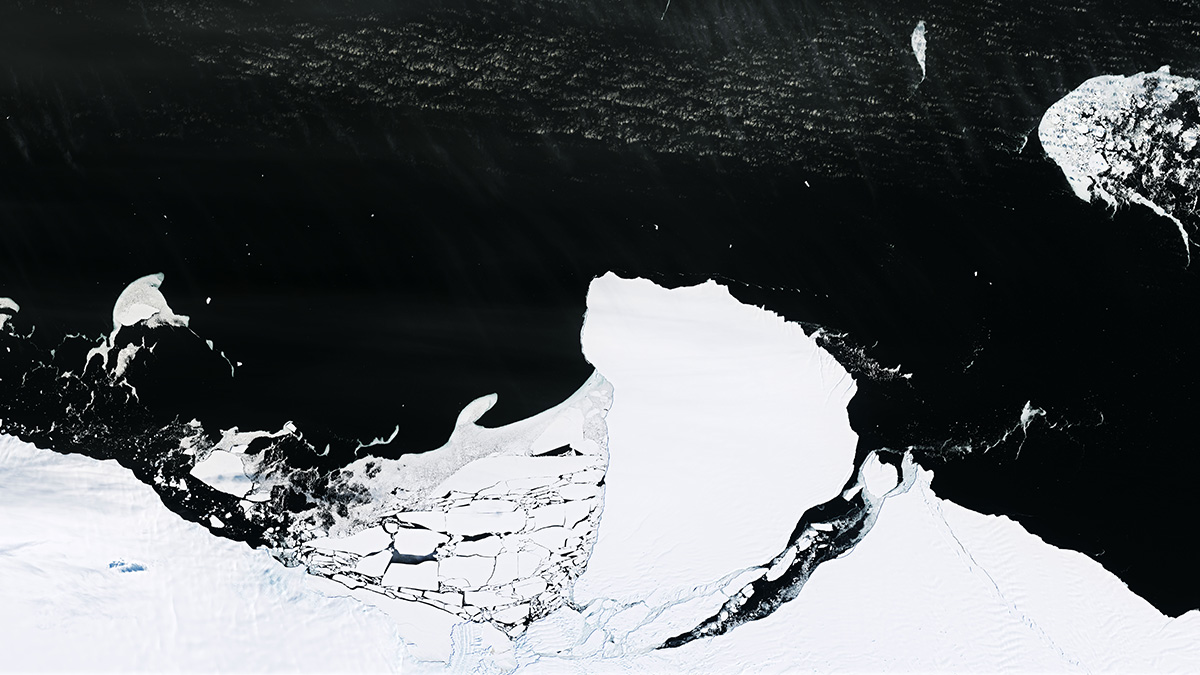Spelunking scientists searched for the original source of the French Pyrenees’ magnificent caves.
News
The Western Great Basin Has an Arsenic Problem—Blame Its Geology
A new study links geological factors such as faulting and geothermal activity to an elevated risk of arsenic contamination in private wells across the Great Basin.
Back-to-Back Hurricanes Could Become Common by 2100
New research shows back-to-back hurricanes could strike the United States every few years by 2100.
Deep-Sea Sand and Where to Find It
Ancient underwater avalanches carried sand into the ocean’s abyss during a time when some least expected it.
Urban Water Conservation Success in the Colorado River Basin
In the past few decades, cities in Arizona, Colorado, and Nevada have vastly increased their water use efficiency. They’ve also learned lessons that can inform other cities’ efforts.
Gardens Are Good for the Neighborhood
A new study highlights the benefits of urban gardens for their human caretakers and local ecosystems.
Cómo el Último Máximo Glacial influenció en el origen del vino
El severo clima de la era de hielo influenció el cultivo de la vid durante el nacimiento de la agricultura.
Supercharged El Niño Could Speed Up Southern Ocean Warming
Projected changes to El Niño will likely accelerate warming of the deep oceans around the Antarctic, supplying heat that could drive ice loss and sea level rise.
Como as mudanças climáticas estão afetando as mulheres na Amazônia
Secas e enchentes alteraram radicalmente a agricultura familiar, mas lideranças femininas estão encontrando soluções para si e suas comunidades.
Refugees Are Replanting Trees in Northern Uganda
In the Palorinya Refugee Settlement, efforts to reduce deforestation and increase tree coverage help the ecosystem and improve refugees’ quality of life.










